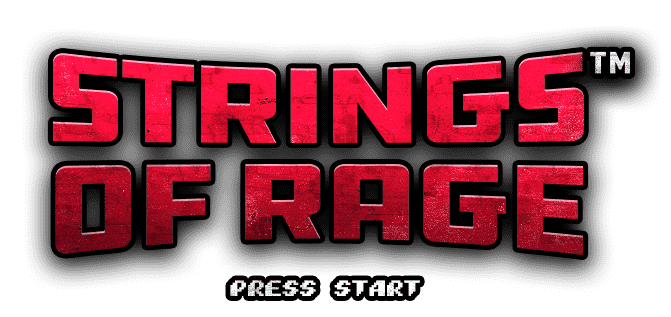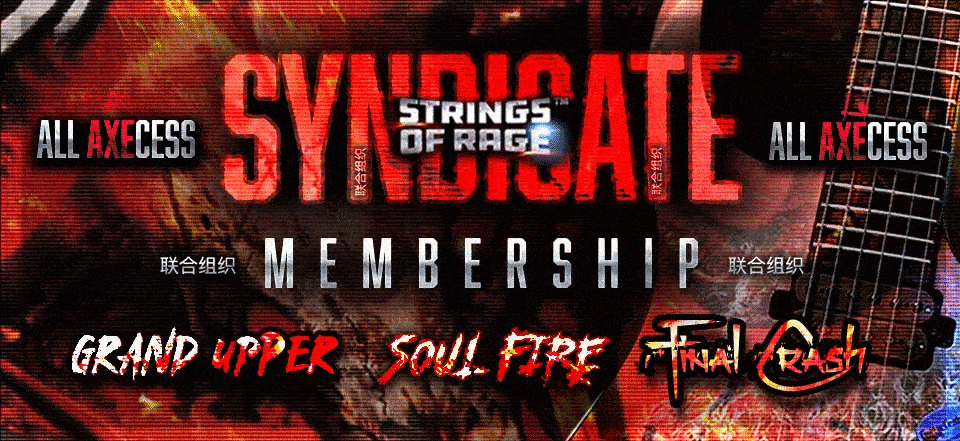Extended Range Player? Let’s check out some killer ways to play Scales on your 8 String Guitar. In this lesson we’re going to check out some creative ways to diversify your scales, modes and arpeggios on your 8 string extended range guitars. The more ways you know your scales, modes and arpeggios the better you’ll be able to see the neck as a whole.
All these Scales for 8 String Guitar will be shown on an 8 string guitar neck with the assumed standard low F# 8 string tuning of F# B E A D G B E. Even though this is for 8 string, all you 6 & 7 stringers out there will also be able to take advantage of these concepts and ideas. We’ll start this level by looking at some extended major scale modes before getting into harmonic & melodic minor. For good measure we’ve even thrown in some standard and advanced pentatonics. Go Str-Eight!

Major Scale Modes for 8 String Guitar
Formula Reference:
M = Major Interval
m = Minor (or flat) Interval
P = Perfect Interval
Ionian Mode (Major Scale) Formula: R – M2 – M3 – P4 – P5 – M6 – M7
For reference we’ll show what we would consider a standard three-note-per string scale or mode followed by some extended concepts which take you way across the neck. These types of extended mode will help you to break out of single position playing and get across the neck and maximising your ability to play anywhere on the neck. We’ve covered the entire set of major scale modes for 8 string in this lesson if you want a reference.
Extended Scales for 8 String Guitar.
When we get into the realms of extended scales we can take advantage of different scale concepts. Once you understand the concept you can then apply it to any scale or mode all over the neck. Learning additional concepts will help your overall fretboard visualisation.
Concept #1: Three & Four Note-per-string across three strings.
This concept uses linear octaves to get across the neck however you’re using 3nps across 3 strings until you hit the last scale degree. From there it’s a repeat pattern of 3 and 4 notes per string. The difference between these scale concepts is essential where it places the 7th scale degree.
Concept #2: Three & Four Note-per-string across two strings.
This concept simply puts the 7th scale degree on the second string to form the 4nps pattern. Now you have a linear 3 and 4nps pattern across two strings.
Apply The Concepts!
We’ve intentionally not given you all the modes across all the concepts. The important thing here is to understand the concepts we’re using. If you can get a hold on these along with your intervals you’ll be able to apply these ideas to anything you want. You’ll learn better & progress further if you can apply the concepts and ideas yourself as opposed to having everything handed to you. Now Go Str-eight and learn!

Pentatonic & Blues Scales for 8 String Guitar
Minor Pentatonic Formula: R – m3 – P4 – P5 – m7
It’s very tempting to stick to, and abuse, the basic two note per string pentatonic scales. However with some creative thinking you can really break out of the standard pentatonic rut and really take advantage of the intervals of this scale. Your choice of technique will depend on how you set up your extended pentatonic ideas.
String Skipping Pentatonics
This type of string skipping pentatonic playing is quite unorthodox however it’s a unique approach that will hopefully open your eyes to seeing pentatonics in new ways. The real beauty of this is the intervals it creates between strings since you’re skipping between them. Remember not to just play these scales straight up and down, you need to begin to use these concepts to create your own interesting and musical ideas, phrases, licks & riffs.
Economy Pentatonics for 8 String Guitar
This is a pretty neat concept that we’ve demonstrated before for 7 string guitars. If you’ve seen that lesson on the pentatonics for 7 string guitar then this is essentially the same idea. We can leave out the 4th scale degree since it’s considered a perfect interval that has quite a neutral sound. This leaves us with a large intervalic ‘economy’ pentatonic scale that sounds super cool.

Harmonic Minor Scale for 8 String Guitar
Harmonic Minor Scale Formula: R – M2 – m3 – P4 – P5 – m6 – M7
Ah, the Harmonic Minor scale. Every metal guitar players favourite scale, widely abused by everyone but nonetheless, ensconced within this scale are many hidden treasures waiting to be revealed. We’ve used the same concepts with this scale that we used with the major scale. If you want a reference you can check out all the Harmonic Minor modes for 8 string in this lesson.
Phrygian Dominant for 8 String Guitar
Phrygian Dominant Formula: R – m2 – M3 – P4 – P5 – m6 – m7
Just like the Harmonic Minor scale, Phrygian dominant can provide a lifetime of creative ideas, it’s full of interesting chords and arpeggios that could easily form the basis for some killer songwriting and shred. We’ve done a few lessons using this scale already and it’s definitely one of our favourites.
Phrygian dominant is mode number 5 of the harmonic minor scale. You can also think of this as a standard Phrygian scale but with a major 3rd scale degree and not a minor 3rd scale degree as in standard phrygian.

Melodic Minor for 8 String Guitar
Melodic Minor Scale Formula: R – M2 – m3 – P4 – P5 – M6 – M7
Although not very common in metal – many players are now turning to this scale for new inspiration and ideas. Just like the Harmonic Minor modes, the Melodic Minor scale and its’ modes (and indeed it’s relevant pentatonics) also yield some interesting sounds and possibilities. We’ve got some other lessons on the melodic minor scale as well as the Melodic Minor pentatonics that will open up your eyes and ears to new ideas. If you want a reference for the 8 string Melodic Minor modes check out this lesson.

Arpeggio Ideas for 8 String Guitar
Here’s some cool ideas for what you could do with your arpeggios on your 8 string guitar. The low F# string adds an additional lower octave to the mix. This will open up a ton of ideas for arpeggio playing, wether it’s tapped, sweep picked, legato or a mix of these technique. Check out the diagrams below for some cool ideas on how to extend your arpeggios across 8 strings and turn them into huge multi octave monster licks.
Major 7th Arpeggio Formula: R – M3 – P5 – M7
Minor 7th Arpeggio Formula: R – m3 – P5 – m7
We’ve demonstrated these with some basic major and minor 7th arpeggios. These form the basis of a lot of advanced arpeggios so again, if you’re comfortable with these, advancing them into altered arpeggios or even altered dominant arpeggios is simply a matter of moving some of the intervals up or down.
Footnote: All credit goes to SNK Corporation for the characters used in the cover image. Boss Characters from the game Eight Man.
Expander: Closing Thoughts & Ideas
Remember there is no right or wrong way to play any of these concepts. Especially with arpeggios. The real way to get comfortable with anything on the instrument is to just experiment and find out what works for your playing style. We’ve simply given you the tools. What you do with them, and more importantly, how you use them is completely up to you.










2 Comments
Thanks so much for this! I’ve been practicing with my 8 string a lot, I prefer it to my 6 string. I’m very appreciative of the arpeggios for sure!
Hey David, no worries at all! So cool to find other 8 stringers! Glad you’re enjoying the content – lots more in the works!
Cheers!
Joe & CJ